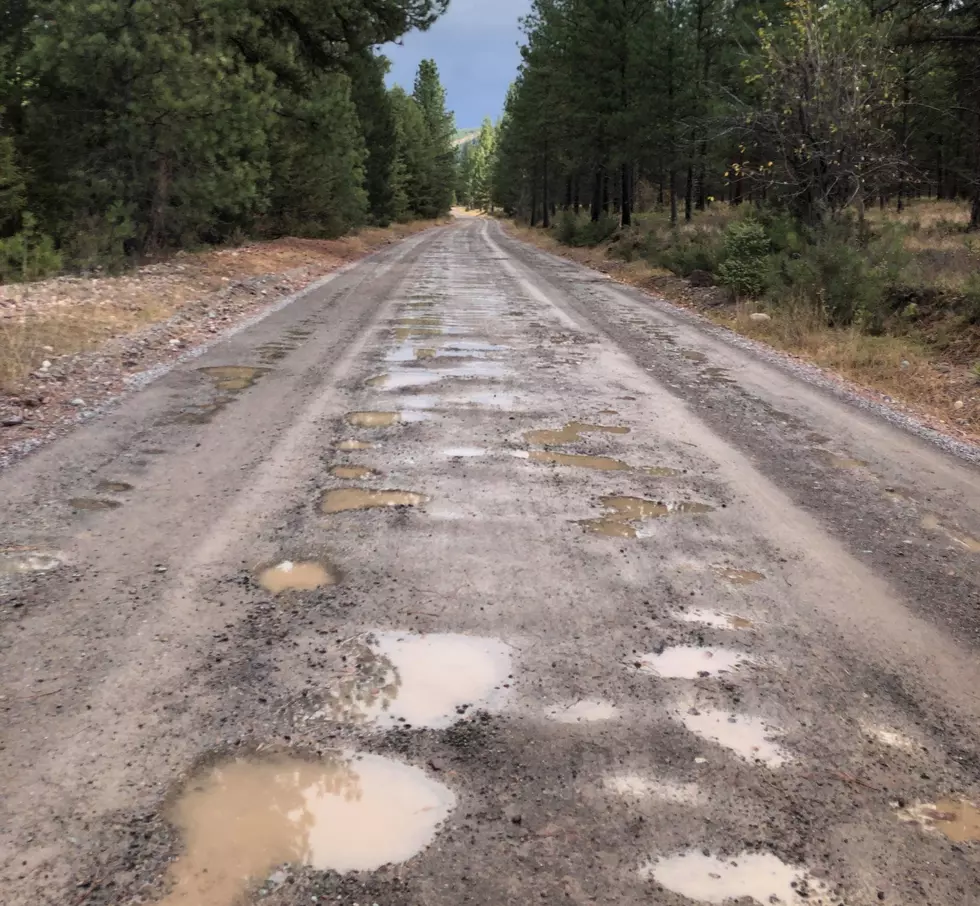
Viewpoint: New BLM rule balances energy, conservation
Rob Thomas
Montana has a long history of oil and gas development, with the state’s first oil well drilled in what is now Glacier National Park in 1901, and the first commercially productive oil field established in 1919 when the Cat Creek Field was discovered in what is now Petroleum County.
Legend has it that when oil was discovered at Cat Creek there was no way to store it, so it was allowed to flow into coulees that had been dammed. A lot of black gold has come out of the ground since the days of storing oil in coulees and there’s always room to improve the management of our natural resources and public lands.
The Bureau of Land Management (BLM) recently finalized revised rules protecting taxpayers and overseeing how oil and gas leasing and development is carried out on public lands. These much-needed updates prioritize oil and gas leasing on public lands where there is both the greatest potential for producing energy and that avoid areas important for fish and wildlife habitat, recreation, and other multiple uses. In other words, the new rule aims to put balance back in public land management.
Moreover, the new rule ensures that our public lands are restored once oil and gas development plays out. A 2019 Government Accountability Office report found that 82 percent of bonds – the money a company commits for cleanup costs - for oil and gas wells on public lands were at the regulatory minimum, which had not been adjusted since the 1950s and 1960s to account for inflation. As a consequence, most bond amounts do not reflect full reclamation costs, so taxpayers are left holding the bag when irresponsible companies fail to reclaim drilling sites.
These new rules will go a long way toward preventing some of the controversies that flare up when oil and gas leasing is proposed in places that Montanans from all walks of life hold dear. For example, in 2018 during the Trump Administration, then-Secretary of the Interior Ryan Zinke had to step in and cancel a BLM proposal that put up for auction over 17,000 acres of oil and gas leases near Livingston in the heart of Montana’s blue ribbon trout country along the Yellowstone River.
The move was lauded back home in Montana – rightfully so – but it shouldn’t require the Secretary of the Interior in Washington, D.C. to intervene and halt oil and gas leasing on public lands that are obviously the wrong place to allow drilling. These are decisions that local BLM offices should be able to routinely make. The BLM’s new oil and gas leasing rule provides consistent policy and authority for public land managers on the ground to make common-sense decisions balancing energy development with conservation.
Importantly, the BLM’s new oil and gas leasing rule does not ban drilling or exploration. Rather, it sets standards to ensure these activities are done in the right places and in a way that minimizes environmental impact and maximizes safety.
A lot has changed in Montana, the oil and gas industry, and public land management since Cat Creek oil first flowed into dammed-up coulees. Today, the outdoor recreation economy is one of the top economic drivers in Montana, generating $2.9 billion in economic output and supporting 29,450 direct jobs.
Eighty-three percent of Montana voters say that conservation is an important factor in deciding whether to support an elected official and 82% of residents support Presidents protecting public lands as national monuments. Meanwhile the oil and gas industry continues to be important to the economy, providing 13,740 direct jobs in Montana.
Public lands management in Montana isn’t about picking favorites between energy development and conservation. It’s about balance. The BLM’s new rules governing oil and gas leasing and bonding are long overdue and will ensure balance long into the future.
Montanans value our state's natural resources and have consistently shown support for measures that preserve our lands and waters. The BLM's oil and gas rule reflects the public's desire for a balanced approach to public lands management – one that prioritizes both economic opportunity and conserves our outdoor heritage.
Rob Thomas is an award-winning Regents Professor of Geology at University of Montana Western, Montana Teacher of the Year recipient, and member of the Geological Society of America. He has been researching and teaching on geology and natural sciences for decades and is passionate about data-based conservation strategies.
